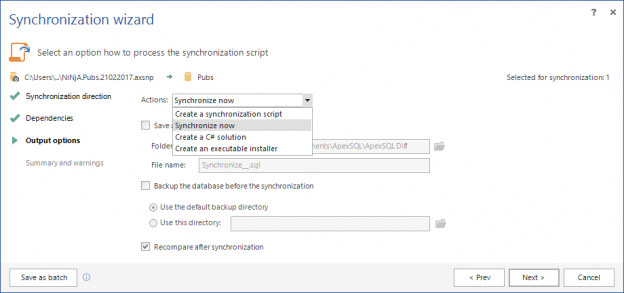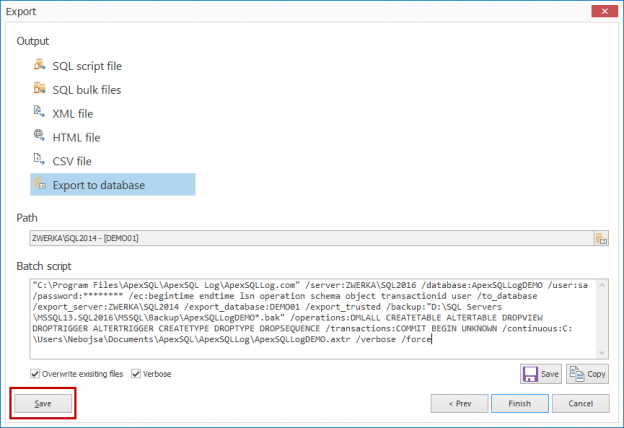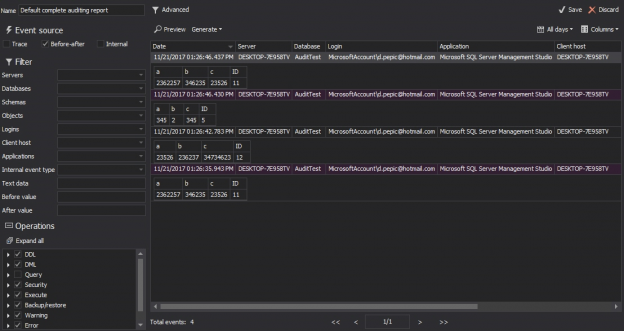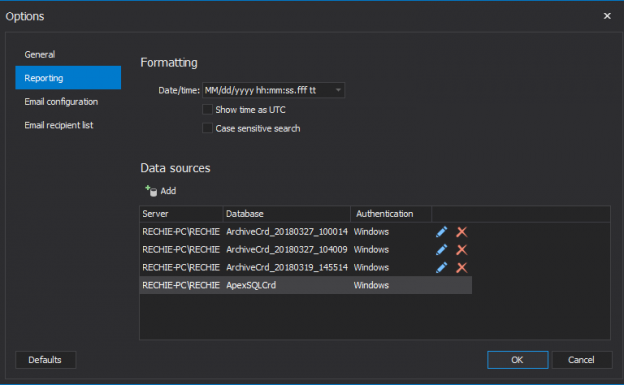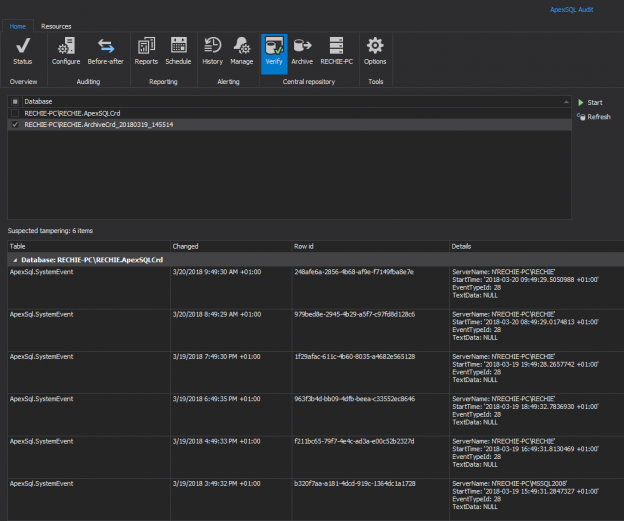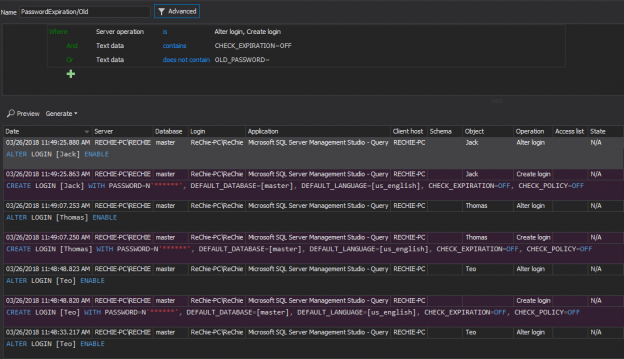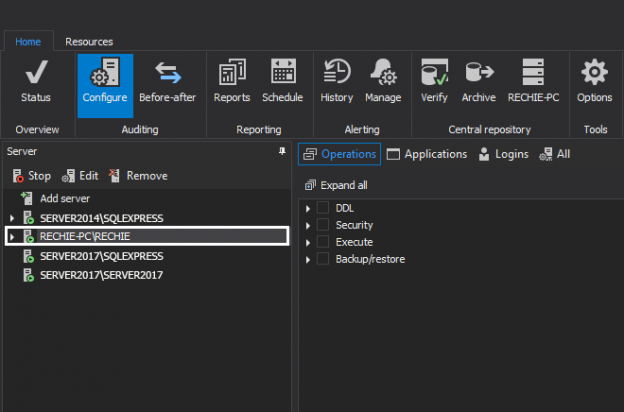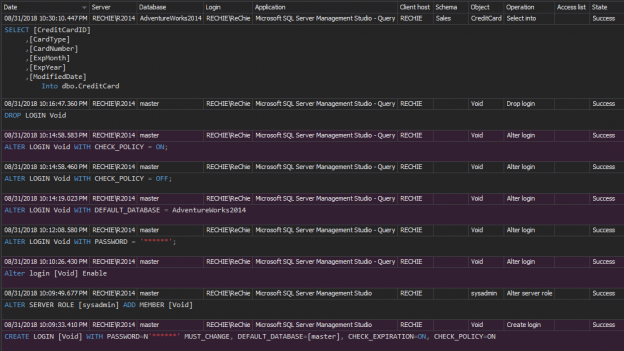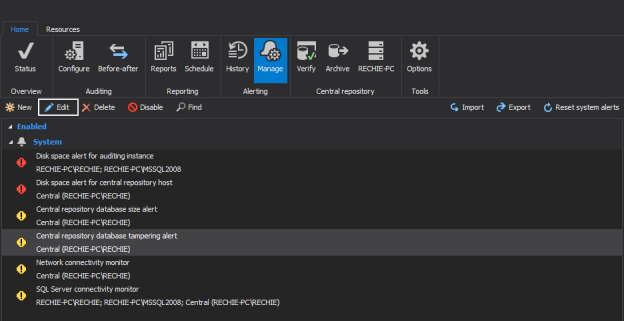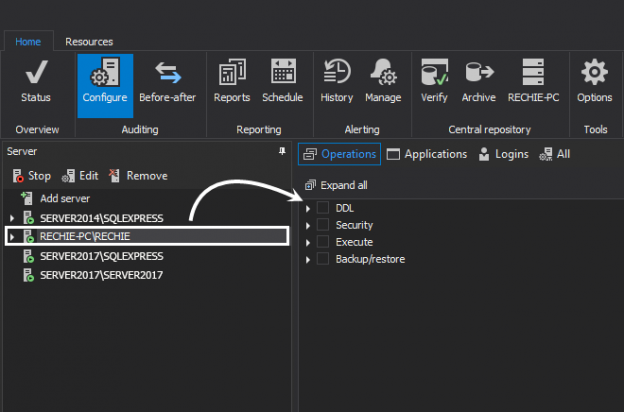The PCI DSS (Payment Card Industry Data Security Standard) is a multidimensional security standard designed as a set of technical and operational requirements to protect data of credit card holders. The PCI DSS applies to all entities that store, process or transmit cardholder data, including software developers of applications and devices manufacturers when used in those transactions
This standard originated in 2005 and was created by the PCI SSC (Payment Card Industry Security Standards Council) organization. The PCI SSC organization is founded by American Express, Discover Financial Services, JCB International, MasterCard Worldwide, and Visa, Inc., with a goal to improve security of payment account data via the PCI Security Standards
December 11, 2015
